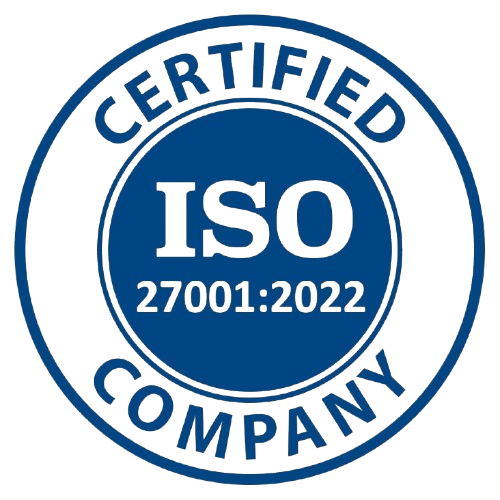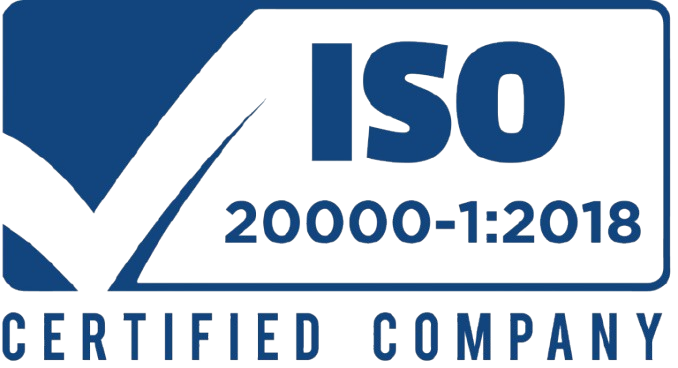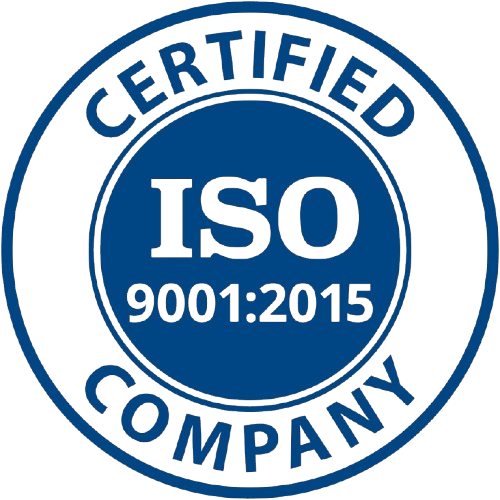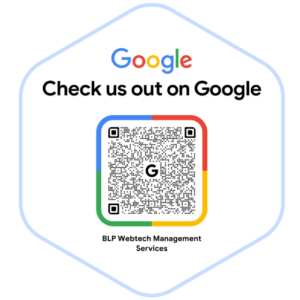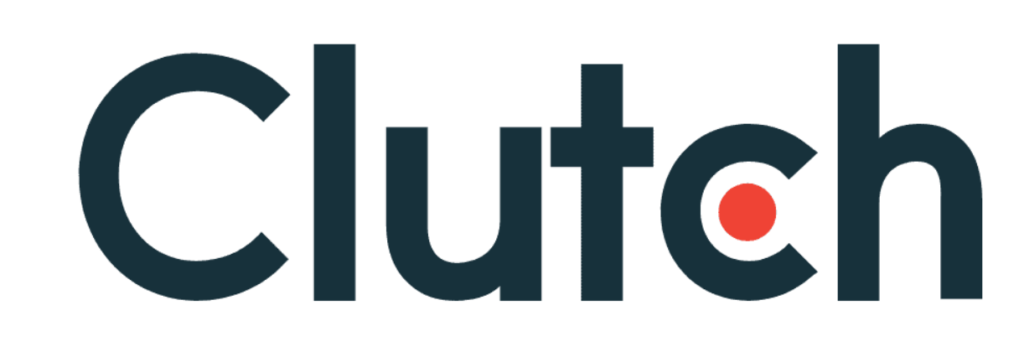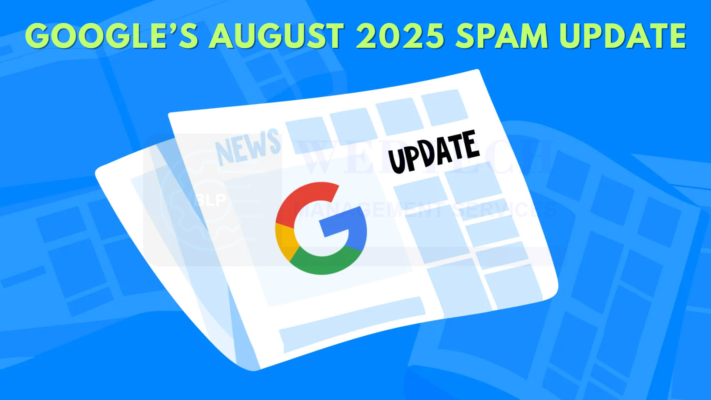
Introduction
Google has officially completed the rollout of its August 2025 Spam Update. Beginning on August 26, 2025, and ending on September 22, 2025, this update took nearly a month to finalize, making it one of the longer spam updates in recent history. While spam updates usually do not receive as much public attention as core updates, they are extremely important because they directly target low-quality, manipulative, and policy-violating content in search results.
The August 2025 Spam Update was global, affecting all languages and regions. As with past spam updates, Google has not revealed the exact tactics or signals being targeted. However, SEO professionals, webmasters, and digital marketers have already noticed ranking shifts, site drops, and in some cases, recoveries.
This blog explores the full timeline of the update, its impact, what it seems to target, how to check if your site was affected, and what to do next.
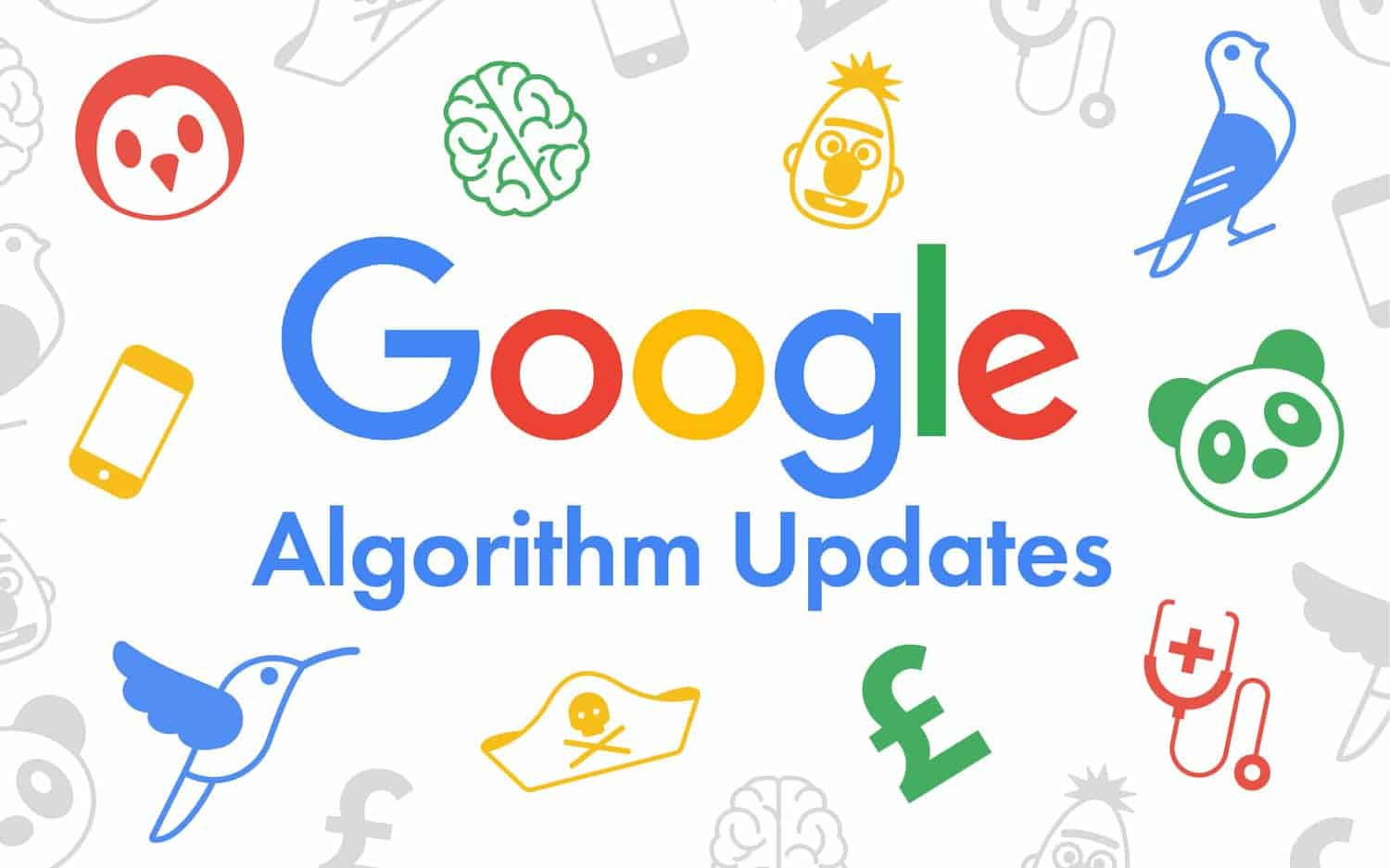
Timeline of the August 2025 Spam Update
Start and Duration
- The update began on August 26, 2025.
- It rolled out for almost 27 days, completing on September 22, 2025.
- Spam updates typically last one to two weeks, so the extended rollout suggests significant adjustments behind the scenes.
Activity Patterns
- Initial Wave: The strongest effects were seen within the first 48 hours, with many sites experiencing immediate ranking declines.
- Mid-Update Activity: Around early September, another wave of volatility was noticed, which many SEOs described as the “second phase” of the rollout.
- Completion: By the third week of September, most volatility slowed, and rankings began to stabilize.
Comparison to Previous Updates
- The December 2024 Spam Update lasted only a week.
- The August 2025 update was notably longer, which may indicate larger-scale refinements in Google’s spam-detection systems.
- Spam updates usually focus on enforcement rather than re-ranking, and this one followed the same pattern.
Observed Impact on Websites
Immediate Effects
- Many websites with questionable SEO tactics experienced sudden drops in impressions, clicks, and traffic.
- Some saw deindexing of pages that provided little or no original value.
- Sites with automated, scraped, or thin content were among the hardest hit.
Second Wave Effects
- Around September 9, another round of volatility shook rankings.
- Some sites that had cleaned up past spammy practices reported recoveries, suggesting Google re-evaluated them positively.
- Others saw deeper declines, likely due to multiple spam signals being flagged.
Overall Intensity
- While the update was significant, it did not produce the same sweeping changes seen in major core updates.
- The effects appear to be penalty-focused removing or demoting bad actors rather than boosting clean sites.
- Certain niches, particularly in non-English markets, seemed to face more volatility.
What This Update Likely Targeted
Although Google rarely reveals details, past patterns and webmaster feedback point to several areas of focus:
Thin and Low-Value Content
- Auto-generated articles designed to rank but offering little substance.
- Pages built purely for keyword stuffing without user value.
Duplicate or Scraped Content
- Content copied or slightly rewritten from other sites.
- Sites relying on aggregation with no added originality.
Cloaking and Deceptive Practices
- Showing different content to Googlebot and to human users.
- Redirecting visitors deceptively to unrelated destinations.
Spammy Link Patterns
- Sites involved in unnatural linking or excessive keyword-rich anchor text.
- Manipulative link-building networks that pass PageRank without relevance.
Misleading or Abusive Tactics
- Hidden text, doorway pages, and manipulative meta descriptions.
- Pages impersonating brands or abusing reputation for traffic.
What It Did Not Target
- This was not a link spam update specifically.
- It did not function as a core update, so high-quality sites weren’t reshuffled broadly.
- The focus was squarely on spam enforcement rather than rewarding “good” sites.
How to Check if Your Site Was Impacted
Step 1: Review Analytics and Search Console
- Compare traffic between late August and late September.
- Look for sudden, sharp declines in clicks, impressions, or rankings.
Step 2: Watch for Indexing Issues
- If pages were removed or dropped, it may be due to spam signals.
- Some sites reported indexing fluctuations during this rollout.
Step 3: Compare with Industry Trends
- If competitors in your niche faced similar declines, your sector may have been heavily scrutinized.
- If only your site fell, you may need a deeper audit.
Step 4: Audit Your Content and Links
- Thin or duplicate content is a red flag.
- Check for unnatural backlink patterns or manipulative anchor text.
- Remove cloaking, hidden redirects, or other deceptive elements.
Recovery Strategies After the August 2025 Spam Update
If you suspect your site was hit, don’t panic. Spam updates are recoverable with proper clean-up.
Content Cleanup
- Delete or merge thin pages.
- Expand weak articles into comprehensive, original resources.
- Focus on user intent and provide clear value.
Improve Trust and Transparency
- Add author bios, credentials, and sources.
- Make your site transparent with About and Contact pages.
- Build trust through consistency and accuracy.
Backlink Audit
- Identify and remove toxic or paid links.
- Disavow links from spammy networks if needed.
- Pursue natural, relevant backlinks from reputable sources.
Technical Fixes
- Eliminate cloaking, hidden text, and manipulative redirects.
- Validate structured data and schema compliance.
- Improve mobile usability, site speed, and crawlability.
Re-Submit and Monitor
- Use Search Console to request reindexing of cleaned-up pages.
- Monitor rankings weekly instead of daily to see recovery patterns.
Long-Term SEO Strategy to Avoid Spam Penalties
- Prioritize Quality Over Quantity – Publish fewer but higher-value pieces.
- Avoid Automation Abuse – AI content must be edited and enriched for originality.
- Stay Within Guidelines – Follow Google’s published spam policies.
- Focus on User Experience – Clean navigation, fast loading, and engaging design matter.
- E-E-A-T Signals – Showcase Experience, Expertise, Authoritativeness, and Trustworthiness.
- Monitor Regularly – Keep an eye on analytics, backlinks, and crawl reports.
Why This Update Matters
Even if your site wasn’t hit, this update has broader implications:
- Cleaner Search Results: Users get more reliable and relevant pages.
- Accountability: Sites using manipulative shortcuts are consistently penalized.
- Fair Competition: High-quality publishers gain an edge when low-quality competitors are demoted.
- Future-Proofing: It’s a reminder to maintain SEO hygiene continuously, not just after penalties.
Key Takeaways
- The August 2025 Spam Update rolled out globally from August 26 to September 22.
- It primarily penalized thin, duplicate, cloaked, or manipulative content.
- The update was enforcement-based, not a broad re-ranking event.
- Sites hit by the update should audit content, links, and technical practices.
- Recovery is possible but may take weeks to months.
- Long-term success depends on building trustworthy, original, and user-focused websites.
Conclusion
Google’s August 2025 Spam Update serves as another reminder that shortcuts in SEO rarely pay off for long. Sites that tried to game the system with low-value content, manipulative links, or deceptive practices saw sharp declines. On the other hand, websites that focus on genuine value, quality writing, technical health, and user-first approaches have little to fear.
If your site was affected, treat it as a turning point to clean up, improve, and align with best practices. Google’s ultimate goal is simple: provide searchers with the most useful, trustworthy, and relevant content possible. Align your strategy with that mission, and your site will be better prepared for whatever updates come next.
